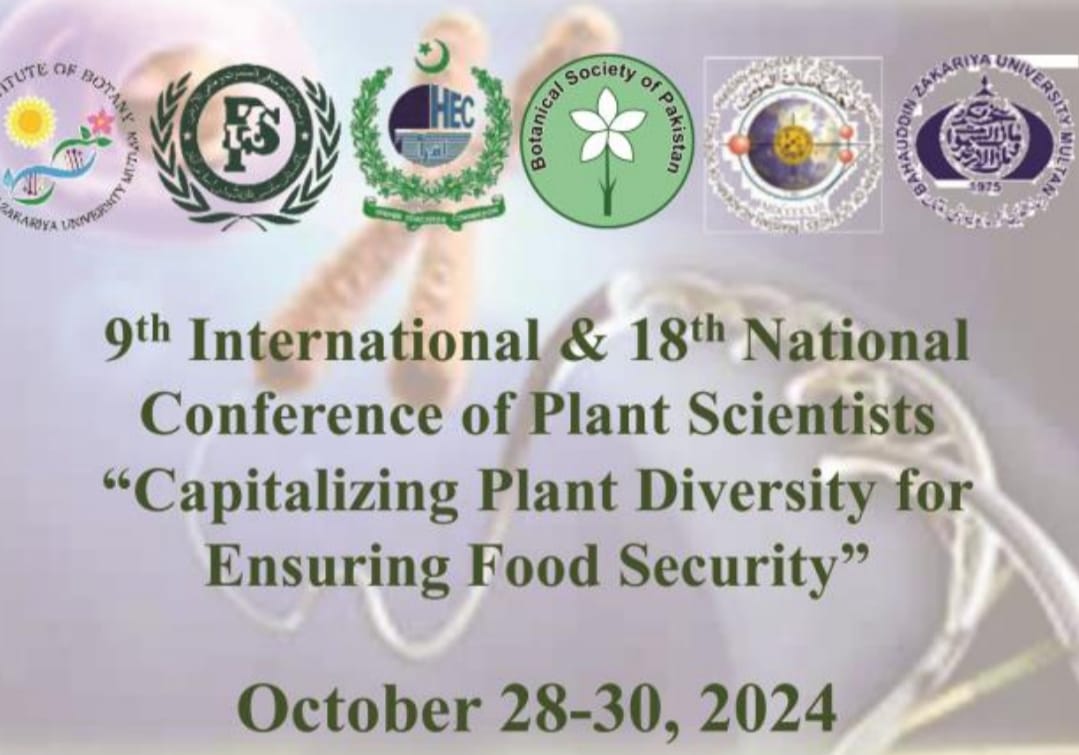
PJB-2017-194
HEAVY METAL ANALYSIS IN FREQUENTLY CONSUMABLE MEDICINAL PLANTS OF KHYBER PAKTUNKHWA, PAKISTAN
Hussa Ara Begum, Muhammad Hamayun, Khair Zaman, Zabta Khan Shinwari and Anwar Hussain
Abstract
Plants are extensively consumed for their medicinal and aromatic properties either in fresh or dry form. Their medicinal properties are hidden in the active ingredients of the plant parts. These active ingredients sometime linked in their structure to some non-essential elements or heavy metals. Excess of non-essential elements and/or presence of heavy metals are toxic to human health in long run. The present study was carried out to evaluate the selected medicinal plants for their endogenous lead, arsenic, cadmium, mercury and zinc contents. We observed higher Pb contents in Cucumis sativus (0.229 µg/g), followed by Malus baccata (0.191 µg/g) and Geranium wallichianum (0.038 µg/g). Arsenic contents were higher in Portulaca oleraca and Geranium wallichianum (0.542 µg/g), while 0.308 µg/g arsenic was recorded in Monotheca buxifolia. Lower arsenic contents were found in Malus baccata (0.139 µg/g) and Saxifraga flagellaris (0.33 µg/g). The Cadmium contents were 0.036 µg/g in Cucumis sativus and Monotheca buxifolia, while 0.03 µg/g in Malus baccata. Mercury contents were 0.0436 µg/g in Portulaca oleracea, 0.041µg/g in Cucumis sativus and 0.038µg/g in Saxifraga flagellaris. Highest Zn contents were recorded for Geranium wallichianum 0.209 µg/g, followed by Cucumis sativus (0.187 µg/g), Purtulaca oleracea (0.149 µg/g), Malus baccata (0.135 µg/g) and Saxifraga flagellaris (0.118 µg/g). Our current findings suggest that the medicinal plants contains permissible quantity of heavy metals and their use is thus beneficial for curing diseases and coping with micronutrient deficiency.
To Cite this article:
Download PDF


